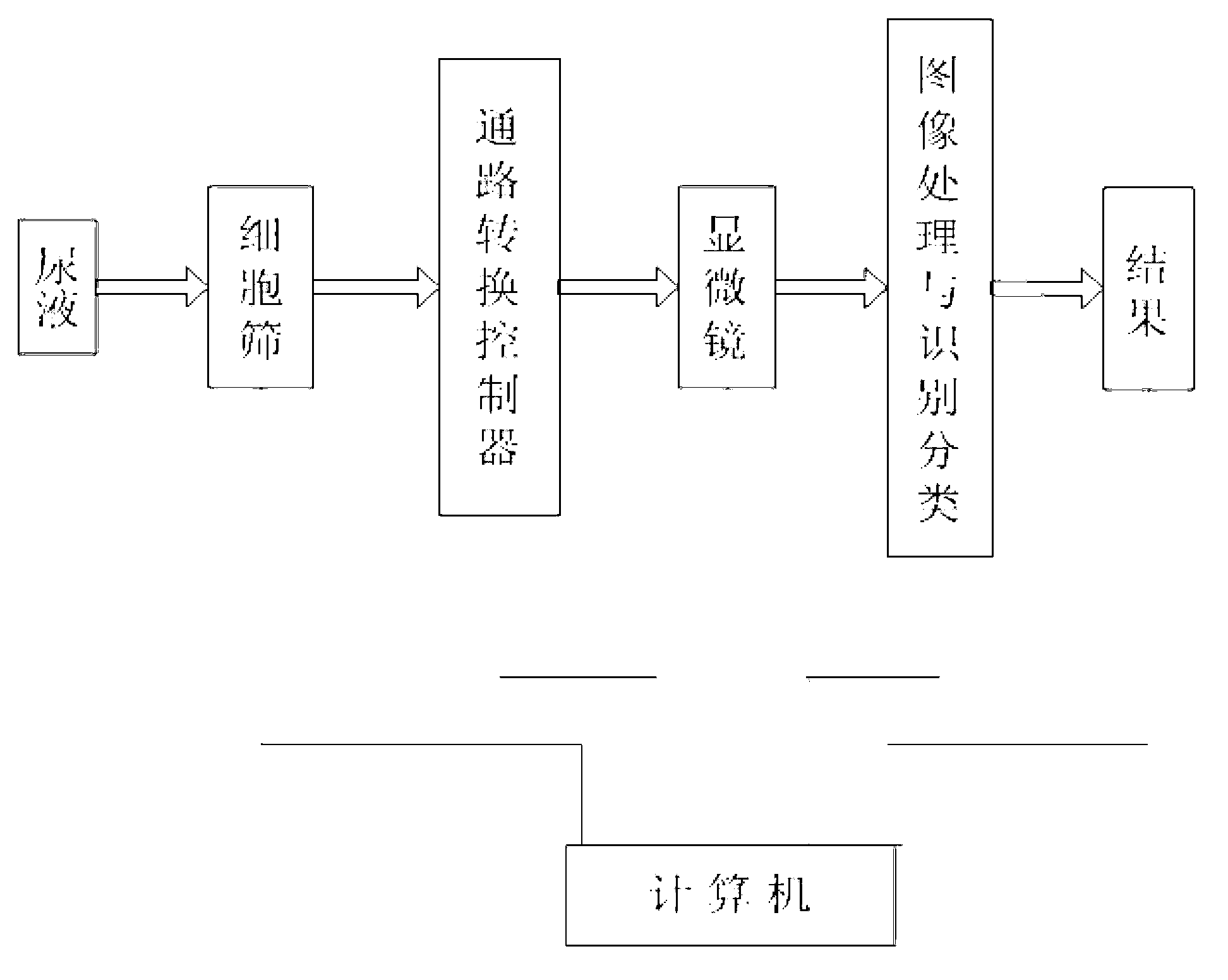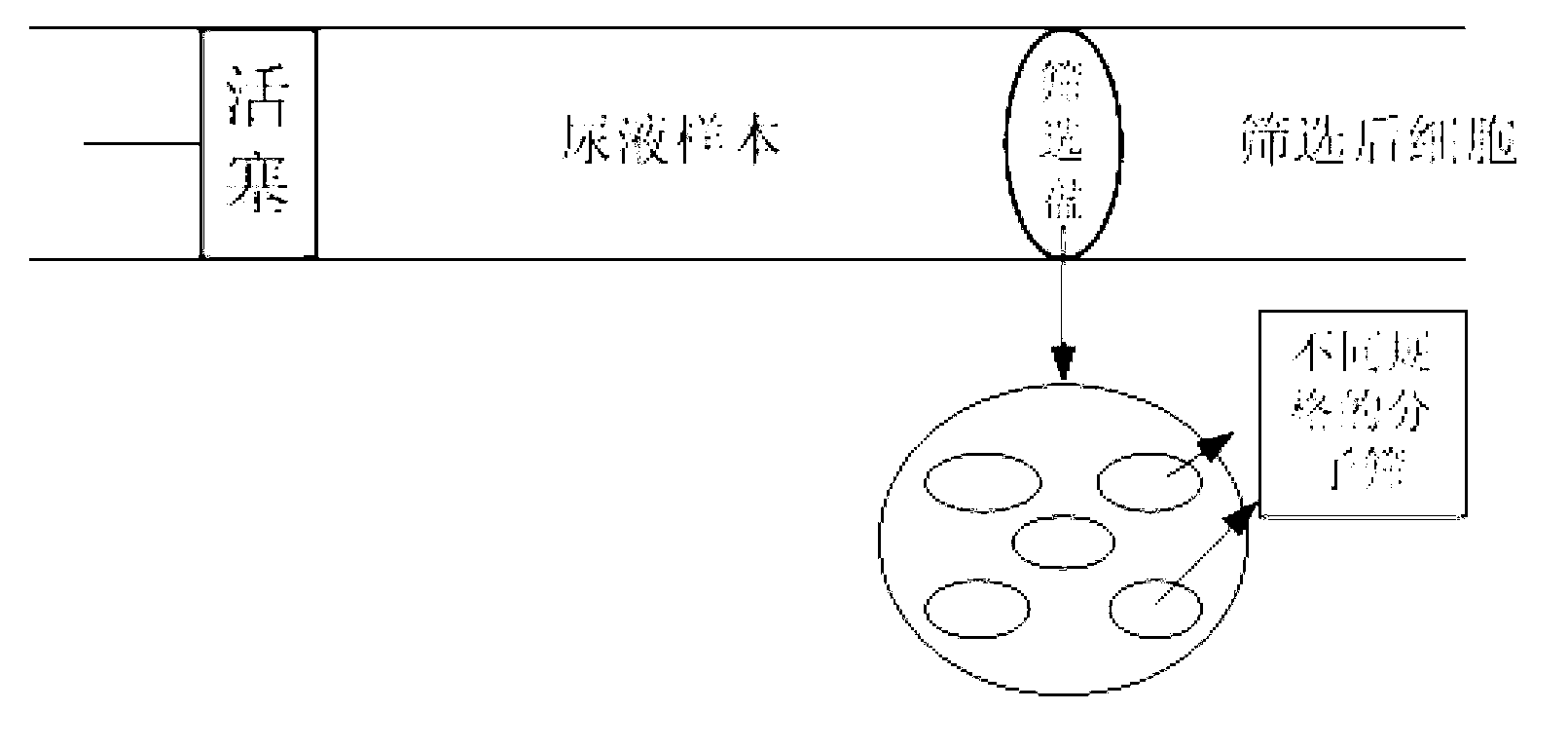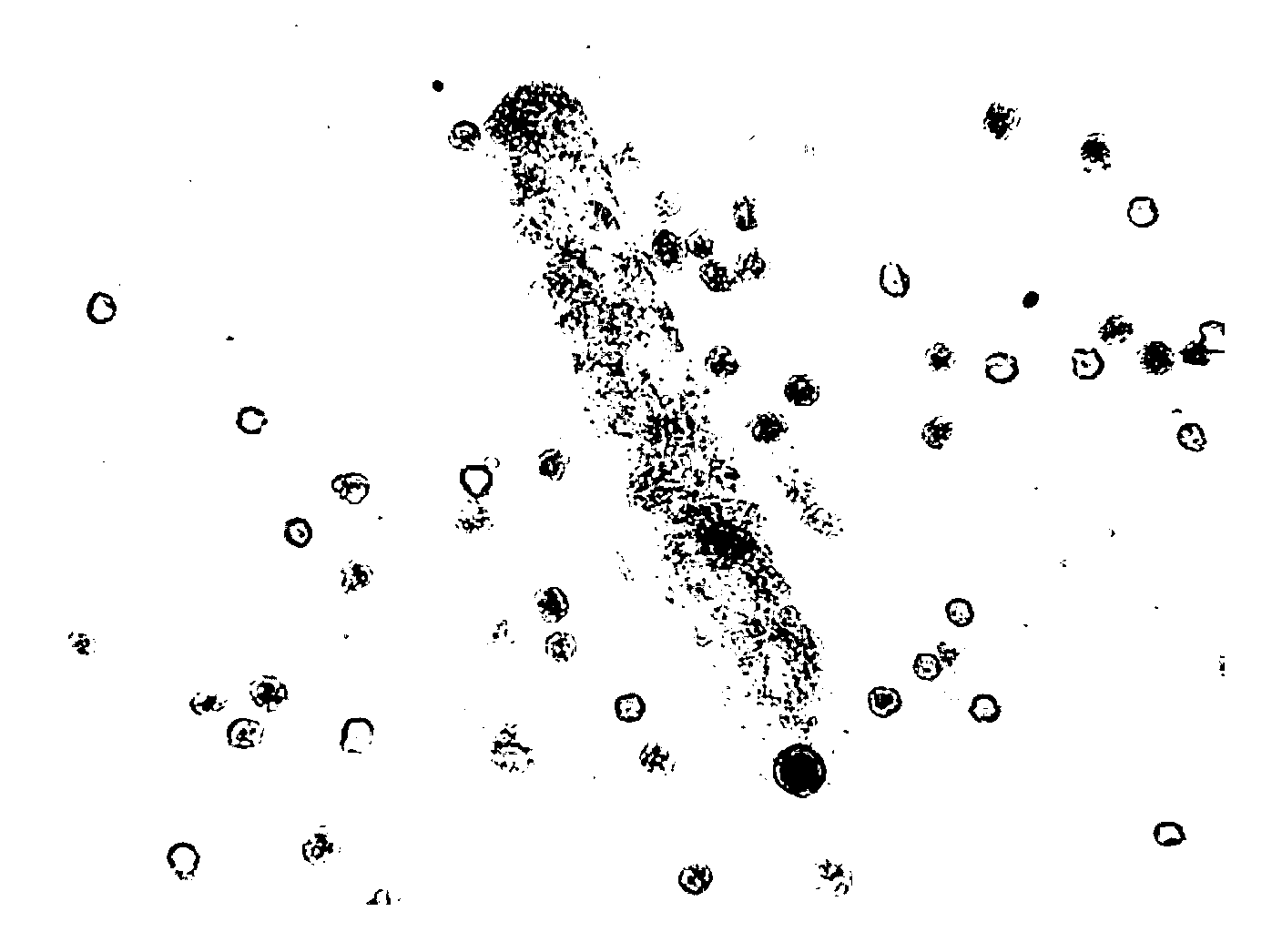Urine cell image classification and identification system and method
A technology of image recognition and urine cells, which is applied in the field of clinical medical technology applications, can solve problems such as poor scientific rigor, eye fatigue, misjudgment errors, etc., and achieve the effect of improving accuracy and reducing workload
- Summary
- Abstract
- Description
- Claims
- Application Information
AI Technical Summary
Problems solved by technology
Method used
Image
Examples
Embodiment 1
[0018] Embodiment 1, urine cell image classification recognition system
[0019] The urine cell image classification and recognition system consists of a cell screen, a path conversion controller, a microscope, an image recognition classifier and a computer;
[0020] cell sieve (eg figure 2 As shown), it is composed of molecular sieves of different specifications placed on the screening plate, specifically including type 3A, type 4A, type 5A, type 10X, and type 13X, and the pore diameters are about Then the urine to be tested is screened by the cells controlled by the rotation of the computer.
[0021] Path switching controller, its role is equivalent to a switch, the cell sieve screens out cells of different sizes, and controls the on and off through the computer, and transmits the cells of different sizes screened successively to the microscope in sequence;
[0022] The image recognition classifier adopts the support vector machine classifier to predict and classify all ...
Embodiment 2
[0023] Embodiment 2, the method for urine cell image classification and recognition
[0024] The specific steps of the urine cell image classification and recognition method provided by the present invention are as follows: figure 1 As shown, the method is a rapid and accurate method for the classification of urine occult blood cells, including:
[0025] The use of cell sieves for cell screening mainly uses physical methods for preliminary classification of urine samples. First, the urine cells are diluted, and then the pressure is provided through the piston in the pipeline to control the speed of the urine. Controlled by a computer, the rotating cell sieve Then the urine flows into the cell sieve at a speed of 0.1mm / s for screening, and then the rotating screening disc is controlled by the computer, and rotates to the next molecular sieve to increase the size of the screened cells Repeat this step to separate the cells of different sizes in the urine, and then the computer ...
PUM
 Login to View More
Login to View More Abstract
Description
Claims
Application Information
 Login to View More
Login to View More - R&D
- Intellectual Property
- Life Sciences
- Materials
- Tech Scout
- Unparalleled Data Quality
- Higher Quality Content
- 60% Fewer Hallucinations
Browse by: Latest US Patents, China's latest patents, Technical Efficacy Thesaurus, Application Domain, Technology Topic, Popular Technical Reports.
© 2025 PatSnap. All rights reserved.Legal|Privacy policy|Modern Slavery Act Transparency Statement|Sitemap|About US| Contact US: help@patsnap.com



